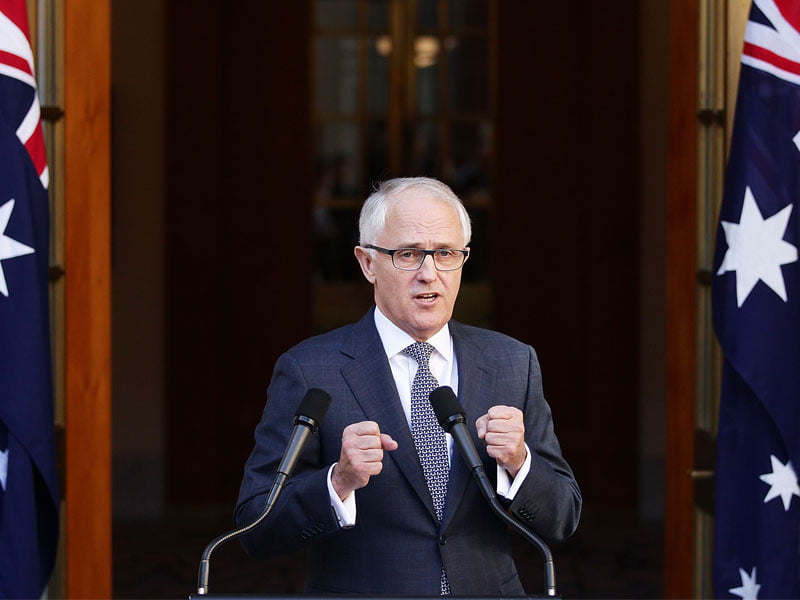The thing about giant policy announcements is that they invariably generate as many questions as they answer. This is especially the case when the policy is delivered by the Prime Minister.
This was certainly the case with Malcolm Turnbull’s National Innovation and Science Agenda. Lots of questions.
As the dust settles on the headline measures, we can begin picking apart the detail. As a top line comment though, it should be acknowledged that this was a well put-together package that was constructed with enough depth and breadth to carry the substantial weight of the Prime Minister’s patronage.

Of course there is missing detail. This is at least partly due to the quick turnaround time since Mr Turnbull became PM. But it also illustrates caution in some areas, which is a good thing.
Structurally, the creation a powerful new independent body called Innovation and Science Australia is seismic. By announcing the ISA, Mr Turnbull has fired the starter’s gun on intense jockeying for position among the powerful business, academic and political interests who play in this space.
There are many, many organisations and individuals who want a seat on that board.
Innovation and Science Australia (ISA) is an independent body with a mandate to provide strategic whole-of-government advice to the Commonwealth on all its science, research and innovation matters.
This is to be a very powerful “body” indeed, with a broad remit to direct the $9.7 billion in research spending the Australian Government invests every year. It is little wonder that the lobbying is fierce.
The ISA is to be chaired by Bill Ferris, the VC and private equity veteran, with the newly-appointed Australian Government Chief Scientist Alan Finkel as his deputy. Beyond that, there are few details.
We know its first project will be to review the R&D tax incentive (which is itself already the subject of fierce lobbying.) The ISA will also drive funding-based strategies that improve collaboration outcomes (that is commercial outcomes) between universities and other government-funded research, and the business community – including the startup sector.
For administrative purposes, the ISA’s reporting structure will be through Christopher Pyne as Industry minister, as you would expect.
But its strategic direction will come from the newly-created Cabinet sub-committee in innovation and science (also announced last week), to be chaired by the Prime Minister.
The composition of that Cabinet sub-committee was not announced, although you reasonably expect the Cabinet Secretary Arthur Sinodinos to be involved, and the Treasurer, given complexities of the research funding arrangements. You would expect also the Industry minister, Education Minister and Health Ministers to be on the committee – given the direct role of each in allocating research funding.
With Australian reliance on overseas talent to fill skills gaps (and with the number of new visa initiatives directed at attracting smart innovators to either come to Australia or stay here) there is certainly a role for the Immigration Minister, just as the Finance Minister’s oversight of procurement might give him cause to get involved.
Including Mr Ferris and Dr Finkel, the ISA board is expected to number no more than 12. All of the sectors involved in “innovation” (effectively everyone) will be represented.
To step logically through these sectors, you get the sense that the ten remaining places will fill rather fast. Business will need to be there, and the universities (and other publicly-funded researchers.) Sectoral expertise from health, agriculture and education would be expected. Manufacturing and perhaps specific defence experience seems a natural fit for such a body.
By the time you’ve added representation from the resources sector and financial services – no-one gets to do anything with them – and the ISA board is starting to fill up. And then there’s the horizontal ICT industry and all the digital creatives. And the multinationals.
Given its extended remit, and the additional legislative powers that this board is to be granted to get things done, the composition of Innovation and Science Australia will be among the most closely watched announcements of the early New Year.
It will take a deft hand. Not least because it will need to contain a credible number of women.
Do you know more? Contact James Riley via Email.

